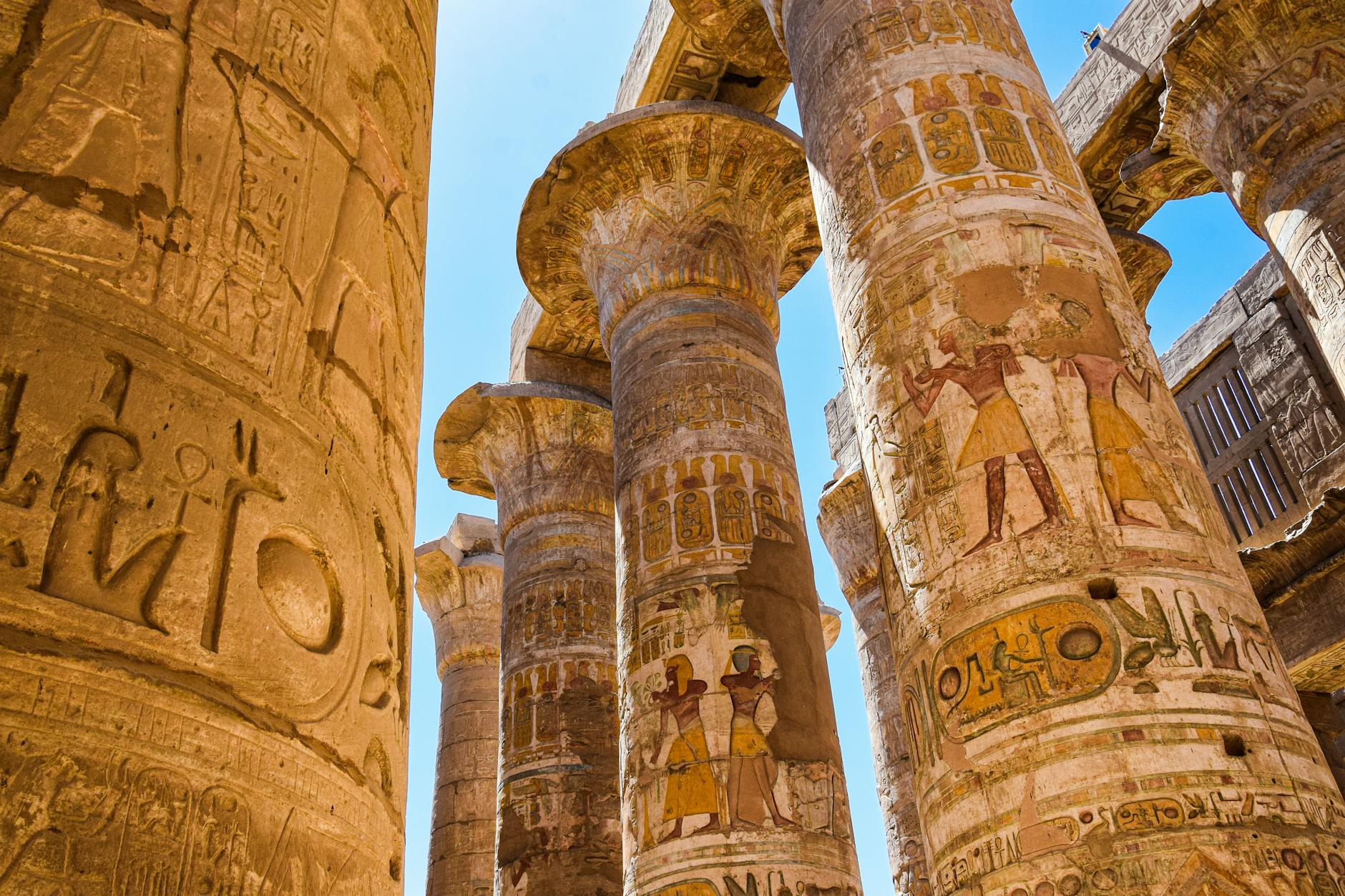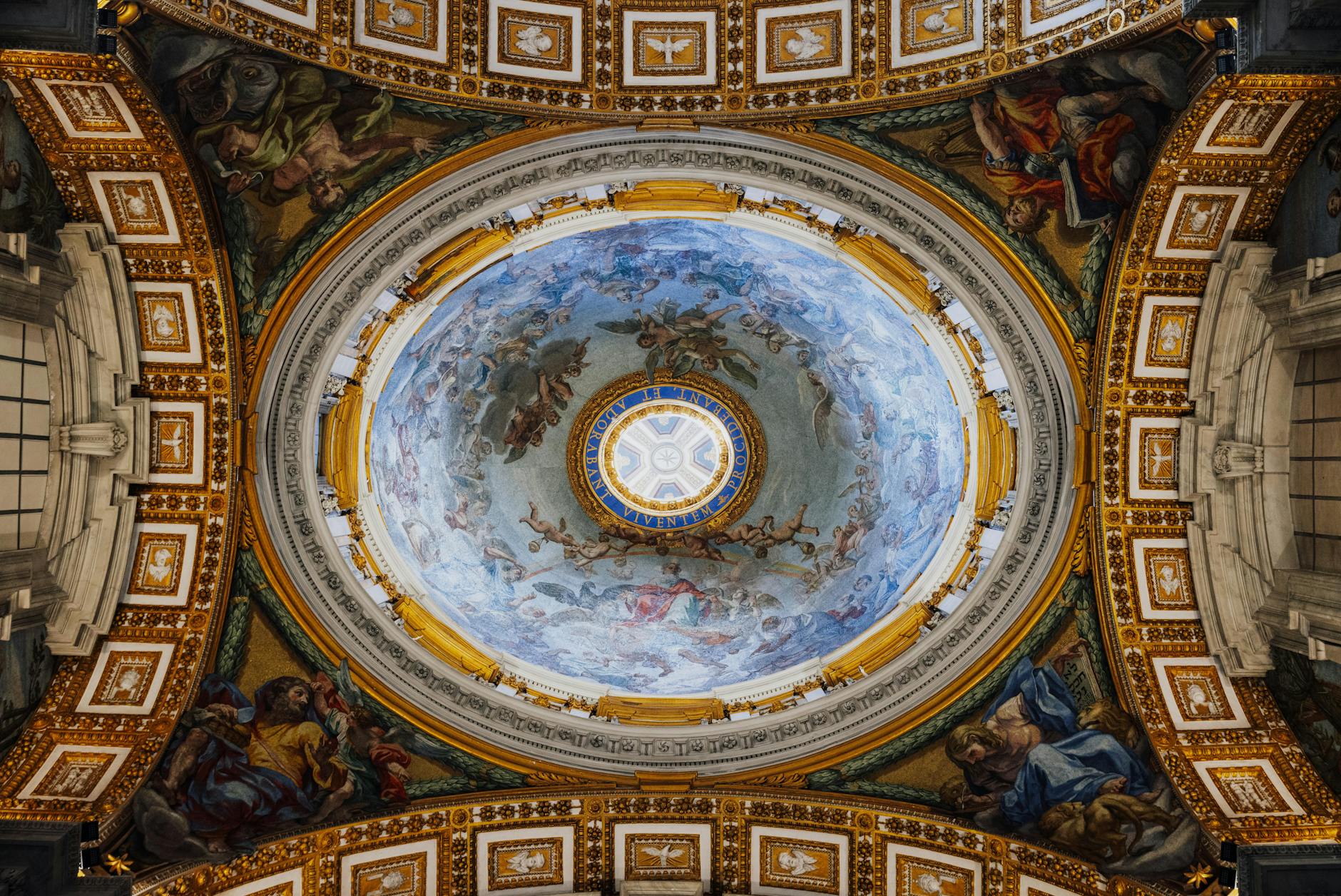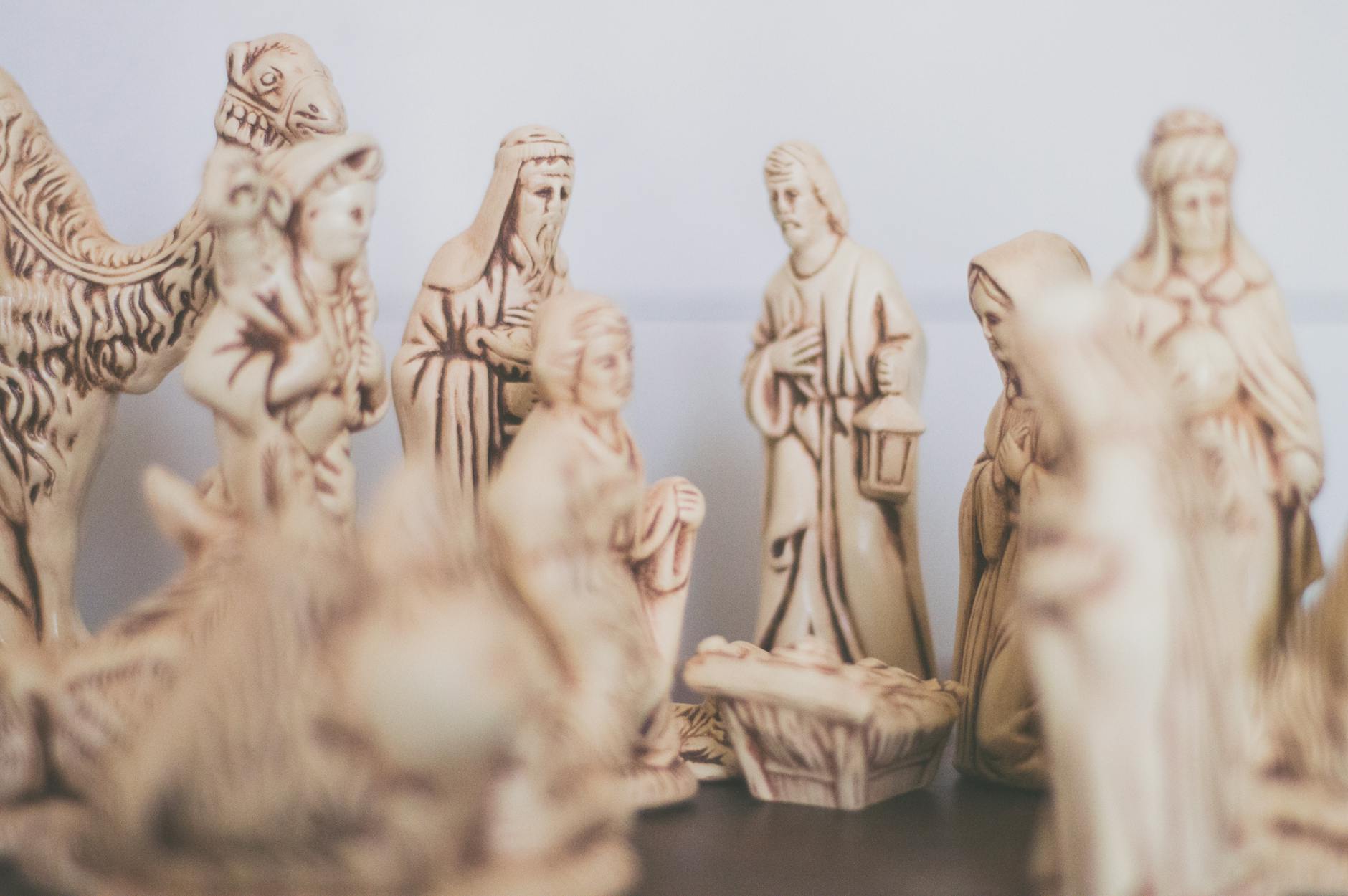One of the most transformative movements in art history, defined by its provocative exploration of consciousness and color, is psychedelic art. Tracing its origins, growth, and continued evolution allows us to appreciate its impact on our visual culture and beyond.
Rooted in the 1960s counterculture, the origins of psychedelic art can be found in this tumultuous era. Born out of social change, anti-establishment sentiments, and a generation searching for personal freedom and identity, psychedelic art became an integral part of this revolutionary period. Artists began to experiment with distorted and abstract visuals, heavy with vibrant color, and embodying a novel exploration of routine, conventional artistic concepts.
San Francisco was the epicenter of this emerging art form, fuelled by the cultural and political revolution taking place. Known as the “Summer of Love” in 1967, thousands of young people descended on the city, immersing themselves in a cocktail of music, art, and mind-expanding substances that led to a boom in psychedelic imagery. This wave of creative energy lent a distinct flavor that went on to define this iconic epoch in art history.
Psychedelic art embodied the era’s call for expanded consciousness and spiritualism, expressing these ideals through vivid, intricate designs and patterns. These limitless interpretations of reality straddled multiple art forms, from paintings and posters to album covers, marking a dramatic departure from traditional art norms. It was here that visionary art was born.
The term visionary art is often used interchangeably with psychedelic art. Both share a focus on profound, mystical experiences that are often represented through intense, surreal motifs and profound metaphoric imagery. However, while psychedelic art is often linked with the usage of psychedelic substances, visionary art is not limited to these experiences. It encompasses spiritual, mystical, or transcendent experiences that extend beyond the realm of conventional psychedelic experiences.
Understanding the evolution of psychedelic art requires a look at Alex Grey, an artist widely recognized as one of the most prominent figures in modern visionary art. Grey’s strikingly detailed representations of the human body, often in tandem with a vivid exploration of life, death, and the cosmos, present a unique style that has helped define modern psychedelic art.
Alex Grey’s work draws clear lines back to the pioneers of psychedelic art but also incorporates a wealth of influences from new age spirituality, metaphysics, science, and even medicine. It is this diverse range of influences that represent the evolution of psychedelic art and its continued importance today – not only as a tool for expression but also as an exploration of human existence.
The ongoing evolution of psychedelic art can also be traced through the rise of digital art forms. With technology’s advent, artists can now create radically innovative visual experiences, expanding the boundaries of psychedelic art even further. This evolution has welcomed a new generation of artists who continue to explore and innovate on the traditions and techniques of their 1960s forebears.
Yet, despite its evolution and adaptation to modern stylistic trends and technologies, at its core, psychedelic art remains fundamentally linked to its origins. It remains a symbolic representation of a journey inward, a deep exploration of consciousness, and a celebration of our spiritual existence within a universe of color and form.
Psychedelic art, from its origins in 1960s counterculture to its ongoing evolution in the hands of artists like Alex Grey and beyond, serves as a living testament to a relentless pursuit of personal and spiritual exploration. It continues to inspire, challenge, and reshape our collective understanding of art, pushing the boundaries of expression and interpretation in ways as beautiful and myriad as its color palette.








